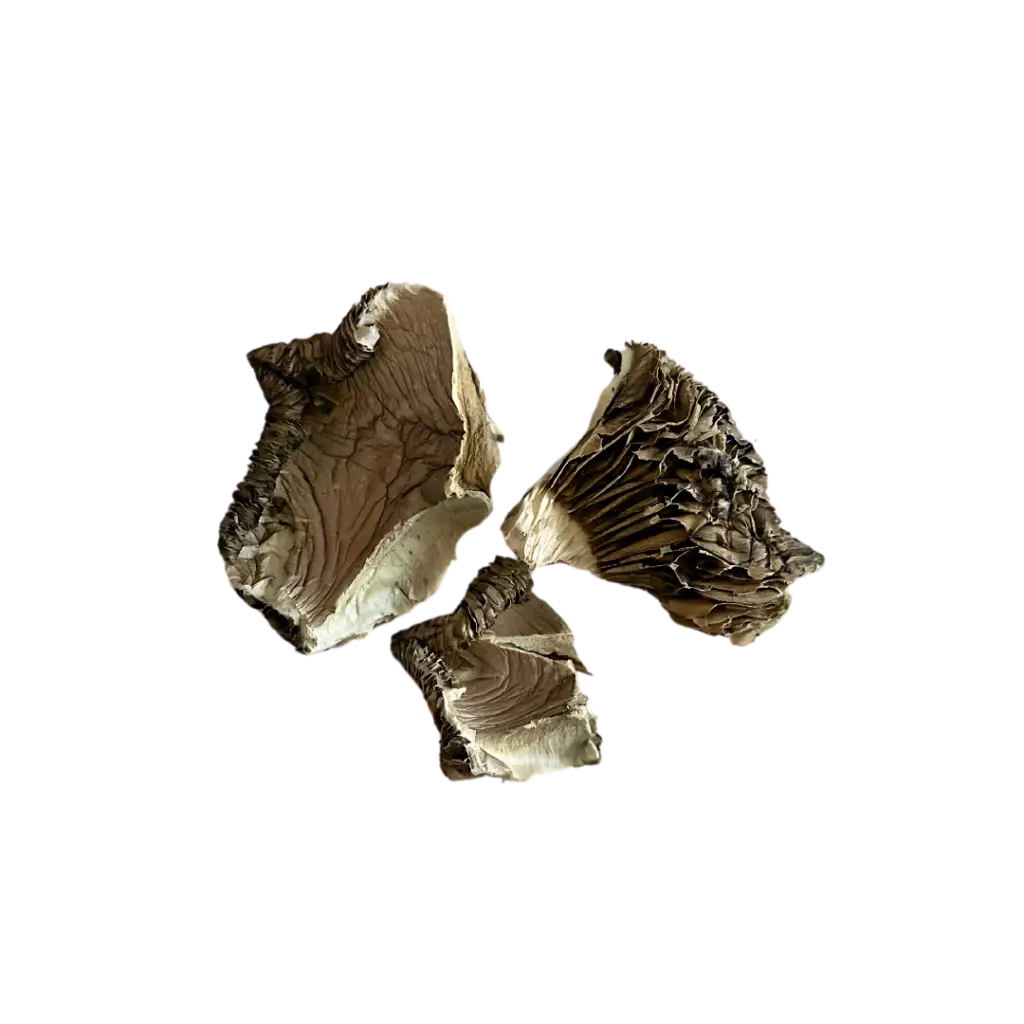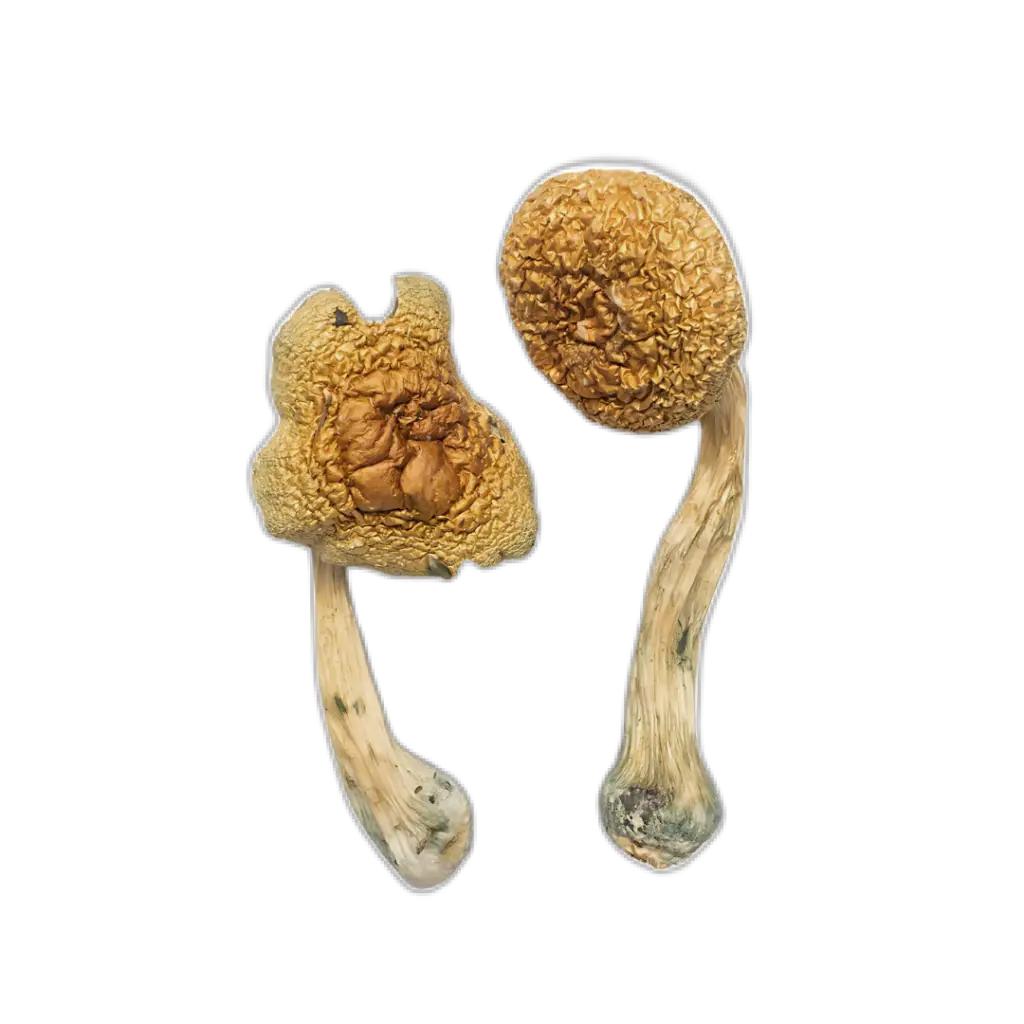At Kits Mush Co, we’re obsessed with deeply exploring how mushrooms are connected to the history of humans — and few ideas are more fascinating (or polarizing) than the Stoned Ape Theory.
What Is the Stoned Ape Theory?
Proposed by ethnobotanist Terence McKenna, the Stoned Ape Theory suggests that early humans evolved more rapidly with the help of psychedelic mushrooms. According to McKenna, our primate ancestors likely discovered fungi containing psilocybin while foraging — and those encounters may have opened consciousness, enhanced communication, and fostered creativity.
Magic Mushrooms and the Human Brain
Psilocybin, the hallucinogenic component in “magic mushrooms,” acts on serotonin receptors in the brain, increasing pattern recognition and neuroplasticity. McKenna believed this may have catalysed the emergence of language, culture, and self-awareness — crucial steps in our evolutionary leap from ape to human.
Although conventional science hasn’t proven McKenna’s hypothesis, recent experiments on brain connectivity and psilocybin show that mushrooms can greatly influence perception and cognition. Whether or not they shaped our species, one thing is certain: mushrooms have always held a potent place in human history.
Why Stoned Ape Theory Matters
At its core, the Stoned Ape Theory is a gentle nudge toward something monumental — mushrooms are not merely food or medicine; they are teachers, facilitators, and providers of evolution. To study them is, ultimately, to study ourselves.



